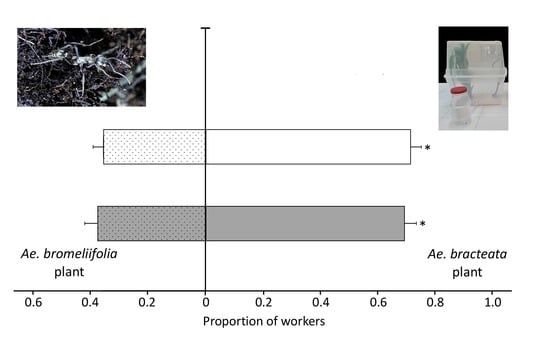Nest Site Selection during Colony Relocation in Yucatan Peninsula Populations of the Ponerine Ants Neoponera villosa (Hymenoptera: Formicidae)
Abstract
Share and Cite
Rocha, F.H.; Lachaud, J.-P.; Hénaut, Y.; Pozo, C.; Pérez-Lachaud, G. Nest Site Selection during Colony Relocation in Yucatan Peninsula Populations of the Ponerine Ants Neoponera villosa (Hymenoptera: Formicidae). Insects 2020, 11, 200. https://doi.org/10.3390/insects11030200
Rocha FH, Lachaud J-P, Hénaut Y, Pozo C, Pérez-Lachaud G. Nest Site Selection during Colony Relocation in Yucatan Peninsula Populations of the Ponerine Ants Neoponera villosa (Hymenoptera: Formicidae). Insects. 2020; 11(3):200. https://doi.org/10.3390/insects11030200
Chicago/Turabian StyleRocha, Franklin H., Jean-Paul Lachaud, Yann Hénaut, Carmen Pozo, and Gabriela Pérez-Lachaud. 2020. "Nest Site Selection during Colony Relocation in Yucatan Peninsula Populations of the Ponerine Ants Neoponera villosa (Hymenoptera: Formicidae)" Insects 11, no. 3: 200. https://doi.org/10.3390/insects11030200
APA StyleRocha, F. H., Lachaud, J.-P., Hénaut, Y., Pozo, C., & Pérez-Lachaud, G. (2020). Nest Site Selection during Colony Relocation in Yucatan Peninsula Populations of the Ponerine Ants Neoponera villosa (Hymenoptera: Formicidae). Insects, 11(3), 200. https://doi.org/10.3390/insects11030200






